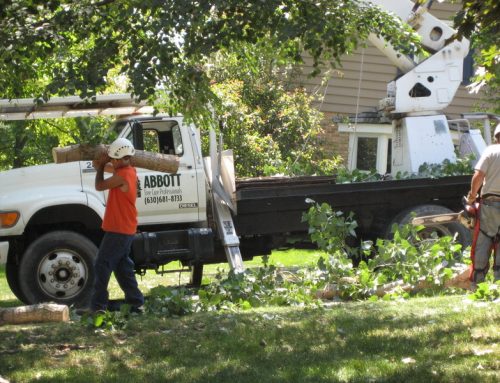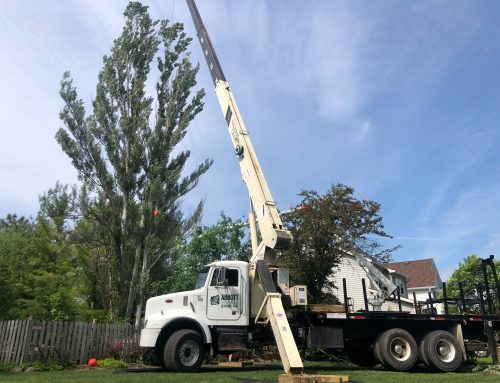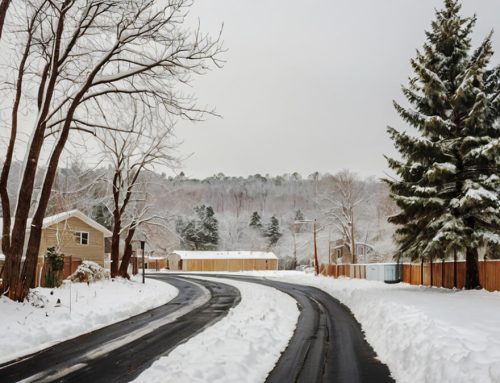If you love seeing butterflies, bees, and even hummingbirds in your yard, planting the right trees can help attract them. Pollinators play a significant role in keeping plants healthy and thriving, but they need good food sources to do their job. In northern Illinois, where the seasons can be unpredictable, having trees that support pollinators is one of the best ways to give back to nature while making your landscape more beautiful.

What is a pollinator?
A pollinator is any animal or insect that helps transfer pollen from one flower to another, allowing plants to produce fruits, seeds, and new growth. Common pollinators in our area include:
- Bees (like honeybees and native bumblebees)
- Butterflies (including monarchs and swallowtails)
- Moths
- Beetles
- Hummingbirds
Since urban development and habitat loss have reduced the number of natural food sources for pollinators, planting trees that provide nectar, pollen, and shelter is a great way to support their populations

Top Tree Choices
Are you looking to add trees that bring bees, butterflies, and birds to your yard? Here are some of the best options that grow well in our region.

Making Your Yard More Pollinator-Friendly
Planting trees is a great start, but there are a few more things you can do to support pollinators year-round:
- Plant a variety of trees and flowers: Having different bloom times ensures pollinators always have food available.
- Avoid pesticides: Many chemicals harm bees, butterflies, and other pollinators. Try using natural pest control methods instead.
- Provide a water source: A shallow dish with stones, a birdbath, or even a small pond gives pollinators a place to drink.
- Plant native species: Native trees and plants are best suited for the local environment and are more beneficial to pollinators than non-native species.
Pollinators are essential for keeping our environment healthy, and planting the right trees is a simple way to support them. Plus, by creating a pollinator-friendly space, you’re helping local ecosystems thrive. If you’re not sure which trees are best for your landscape, consulting a certified arborist can help. Abbott’s professionals will guide you in choosing, planting, and maintaining trees that will keep pollinators happy and healthy.





